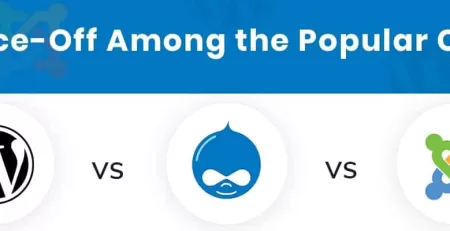Choosing the right color and font for a website is crucial for creating an effective and visually appealing design. Color and font can affect the overall look and feel of a website, as well as its readability and accessibility. In this article, we will explore the different factors to consider when choosing color and font for a website.
When it comes to color, the first thing to consider is the color scheme. A color scheme is a combination of colors that are used throughout a website. There are several types of color schemes, including monochromatic, analogous, complementary, and triadic. Each type of color scheme has its own set of rules and can create a different mood or feeling.
Monochromatic color schemes use different shades and tints of the same color. This type of color scheme is often used for websites that want to create a calming or soothing atmosphere. Analogous color schemes use colors that are next to each other on the color wheel. This type of color scheme is often used for websites that want to create a harmonious or balanced atmosphere. Complementary color schemes use colors that are opposite each other on the color wheel. This type of color scheme is often used for websites that want to create a high-contrast or dynamic atmosphere. Triadic color schemes use colors that are evenly spaced on the color wheel. This type of color scheme is often used for websites that want to create a bold or vibrant atmosphere.
In addition to color schemes, it’s also important to consider the use of color in terms of accessibility. Websites should be accessible to all users, including those with visual impairments. One way to make a website more accessible is to use a high-contrast color scheme, which makes text easier to read for users with visual impairments. It’s also important to make sure that the website is compatible with different devices, as some users may be accessing the website on a mobile device with a smaller screen.
When it comes to fonts, the first thing to consider is readability. A font should be easy to read, even on small screens. Sans-serif fonts, such as Arial and Verdana, are often considered to be more readable than serif fonts, such as Times New Roman and Georgia. However, it’s important to note that readability also depends on the size and spacing of the font.
Another important factor to consider when choosing fonts is consistency. Consistency is important for creating a visually pleasing and cohesive design. A website should use a limited number of fonts and use them consistently throughout the design. For example, a website might use one font for headings and another font for body text. It’s also important to make sure that the font is compatible with different devices and browsers.
It’s also important to consider the personality and tone of the website when choosing fonts. The font used on a website can convey a certain personality or tone, such as serious, playful, or formal. The font should be consistent with the overall tone and personality of the website.
In addition to readability and consistency, it’s also important to consider the use of font in terms of accessibility. Websites should be accessible to all users, including those with visual impairments. One way to make a website more accessible is to use larger fonts for body text and headings. It’s also important to make sure that the website is compatible with different devices, as some users may be accessing the website on a mobile device with a smaller screen.
In addition to the above factors, it’s also important to consider the use of typography. Typography is the art and technique of arranging type in order to make written language legible, readable and appealing when displayed. Typography includes the choice of typeface












